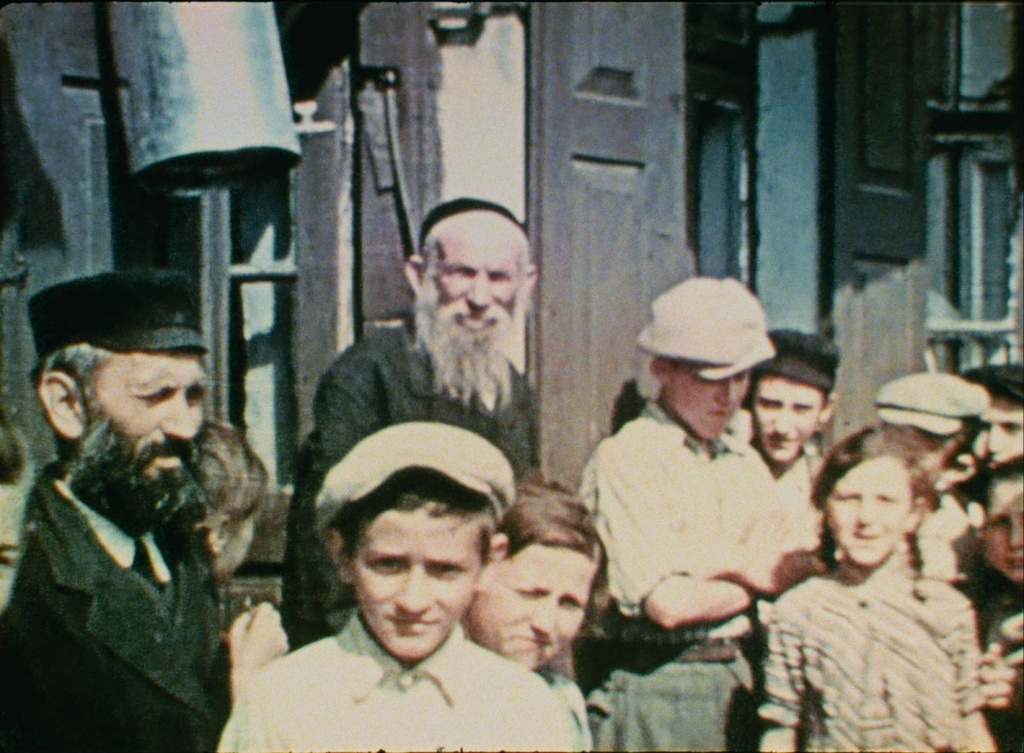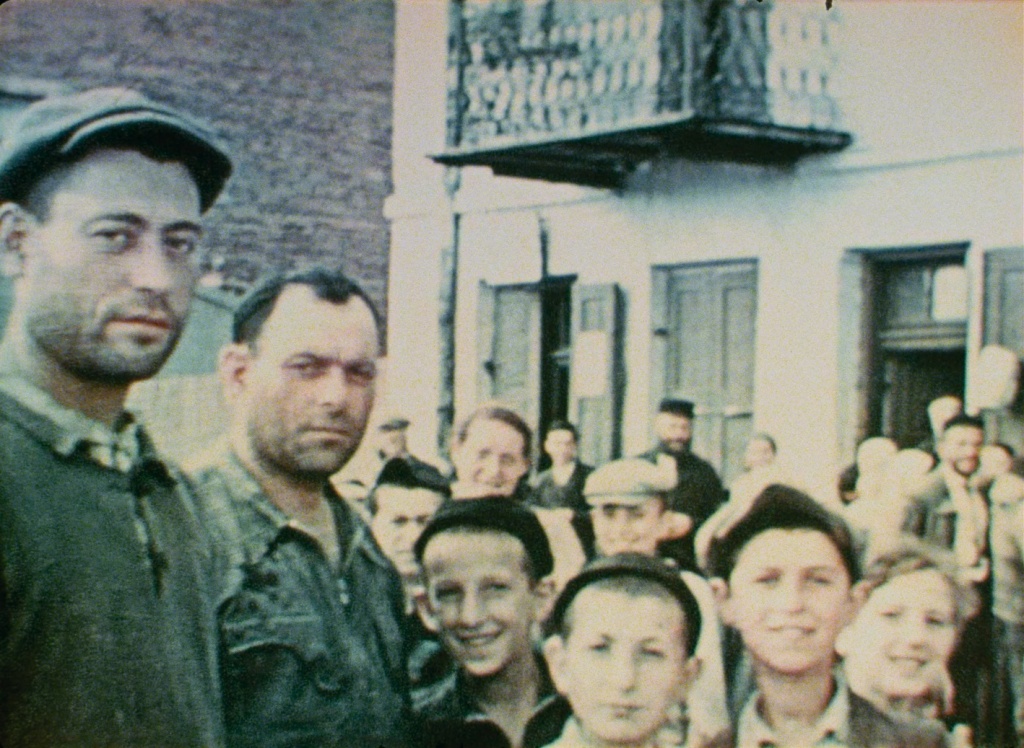Devastating lost footage of Polish Jews in new Holocaust doc
One day in 2009, Glenn Kurtz made a shocking discovery.
In the Palm Beach Gardens, Florida, home of his late grandfather David Kurtz, he found a fused, decaying old roll of Kodak movie-camera film in the closet.
After a lab restored the reel, the younger Kurtz couldn’t believe what it revealed: more than three minutes of footage depicting about 150 Jewish residents — men, women and unbelievably happy children — who lived in a small town in Poland in the months before the Holocaust began.
Kurtz assumed the mysterious locale was his late grandmother or grandfather’s birthplace. But he didn’t know much about their pre-American life.
“My grandfather was only four years old when he came to the United States,” Kurtz says in the new documentary “Three Minutes: A Lengthening,” out Friday. “He grew up feeling himself to be American. By the mid-1930s, he and my grandmother had a family and they were living in Brooklyn.”

So he began his research using context clues from the film. It was the Lion of Judah engraved on the door of a synagogue that helped him identify it as his grandfather’s hometown of Nasielsk, Poland, about 30 miles north of Warsaw.
David had shot the footage with a brand new 16 mm Ciné-Kodak camera during a European vacation in August 1938 — one year before the Nazis deported all 3,000 of the town’s Jewish residents to ghettos and later to death camps. Of the thousands of Jews who lived in Nasielsk, fewer than 100 survived the Holocaust. The movie is as extraordinary as it is sad.
“Of all the Polish towns destroyed in the Holocaust, Nasielsk is one of the few that exist in moving pictures, and among just a handful preserved in color,” Kurtz explains in the doc.
And it nearly was lost forever.
The footage, restorers estimated, was about one month away from being totally “unsalvageable,” Kurtz says.
He spent four years trying to identify residents, but he had few obvious details of which to go off. So, he donated the clip to the United States Holocaust Memorial Museum, which posted it on its website.
Two years later, he received an email from a woman in Detroit named Marcy Rosen.
“She told me in this email that someone had brought the film to her attention and she’d viewed it online and … she suddenly saw a face and recognized her grandfather as a 13-year-old boy.”
Rosen’s mother phoned her father, Maurice Chandler — the teen in the video — who was still living. He said to her, “Now you know I’m not from Mars.”
Chandler helped bring to life what Kurtz was witnessing. He pointed out and named his little friends and the school teacher, among others.


All told, Kurtz was able to locate seven Nasielsk survivors by 2012, two of whom appear in the video: Chandler and an unnamed woman. Kurtz learned from another survivor about the morning of December 1939 when, at 7:30 a.m., all of the Jewish residents were violently forced to the town square by Nazis wielding whips before they were sent away on trains.
But the footage captures a beautiful, vibrant time before the Jewish residents’ lives were cruelly ripped away.
In the documentary, Chandler explains what he was feeling as Kurtz’s grandfather filmed him with a video camera — a “magic” device he’d never encountered before.
“What was in my mind at that time? The stuff that came later didn’t exist,” he says. “I had no fear about it. I felt very comfortable in this society. Everything was routine. We had my parents, my brothers, my uncles. Everybody was there.
“I said to myself, ‘If somebody told me what a couple years later I was going to have to do, I wouldn’t believe it.’”
Read the full article Here


